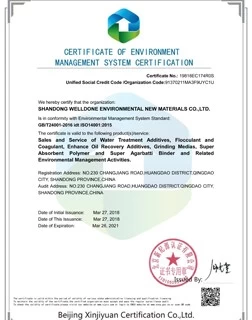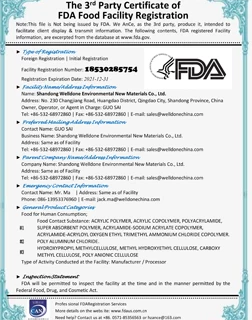Hydroxypropyl methylcellulose HPMC for daily chemical grade dish soap and shampoo
Hydroxypropyl methylcellulose ether can play the role of stabilizing thickener, emulsion stabilizer, dispersing thickener, etc. in the field of daily chemicals, such as shampoo, shower gel, dish soap, and facial cleanser. Hydroxypropyl methylcellulose is required to have high viscosity, good thickening effect, high transparency, and small viscosity changes at high and low temperatures, so that finished products such as dishwashing liquid will be delicate and non-grainy.
Hydroxypropyl methylcellulose ether can play the role of stabilizing thickener, emulsion stabilizer, dispersing thickener, etc. in the field of daily chemicals, such as shampoo, shower gel, dish soap, and facial cleanser. Hydroxypropyl methylcellulose is required to have high viscosity, good thickening effect, high transparency, and small viscosity changes at high and low temperatures, so that finished products such as dishwashing liquid will be delicate and non-grainy.
Daily chemical grade hydroxypropyl methylcellulose is a synthetic polymer made from natural cellulose as the main raw material and then undergoes a series of chemical modifications. Cellulose ether is a derivative of natural cellulose. The production of cellulose ether is different from synthetic polymers. Its most basic raw material is cellulose, a natural polymer compound. Because of the special structure of natural cellulose, cellulose itself does not have the ability to react with etherifying agents. However, after treatment with the swelling agent, when the strong hydrogen bonds between and within the molecular chains are destroyed, the activity of the hydroxyl groups will be released and become reactive alkali cellulose. After the reaction of the etherifying agent, the OH groups Converted into OR group to obtain cellulose ether.
Hydroxypropyl methylcellulose appears as a white or slightly yellow powdery object. The viscosity of daily chemical grade hydroxypropyl methylcellulose is usually 250,000. It is non-toxic, odorless and tasteless, and can be quickly Dissolve in cold water or in solvents mixed with organic matter to form a transparent viscous solution. The aqueous solution has surface activity, strong stability, and high transparency. It is not affected by pH when dissolved in water. For daily chemical grade hydroxypropyl methylcellulose, it can thicken and resist in shampoos and shower gels. It has a freezing effect and has good film-forming and water-retaining properties for hair and skin. With the sharp increase in raw materials, cellulose can also greatly reduce costs when used in shampoos, dishwashing liquids, and shower gels, and it also can achieve the desired effect.
Hydroxypropyl methylcellulose HPMC
Hydroxypropyl methylcellulose HPMC also has the following characteristics and advantages when used in daily chemical-grade shampoo, dish soap, and shower gel:
1. It can increase foam, stabilize foam, and improve skin texture.
2. It can enhance the conditioning performance.
3. Broad PH value stability, usually the stability can be guaranteed with PH value in the range of 3-11.
4. It can effectively improve the flow performance of the system.
5. It has high temperature and performance and low irritation performance.
Hydroxypropyl methyl fiber should be used in a wide range of daily chemical products. It should not only be used in detergents, shampoos, and shower gels, but also in shampoos, gels, toners, shower gels, product styling, toothpaste, Shu Shui, facial cleanser, lotion, cream, conditioner, toy bubble water, etc. Especially in the application of cosmetics, it is mainly used for foaming, thickening, stable emulsification, dispersion, adhesion, film-forming and water retention properties of cosmetics. High-viscosity products are mainly used for thickening. Low-viscosity products are mainly used for Suspension, dispersion and film formation.




.jpg.webp)


